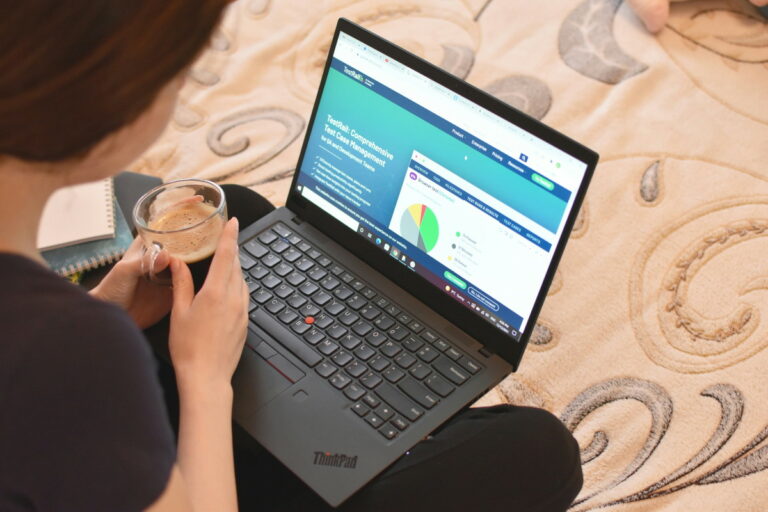
You probably already know the value of social video when it comes to highlighting a product or service, building trust or driving engagement, but how do you make a video shot with your iPhone pop – in other words, not make it look like The Blair Witch Project?
Regardless of your frontline position, whether you sell auto spares, fertiliser, insurance or real estate, it pays to use video that is local, personal and authentic to engage your customers, networks and prospects, particularly when you consider that YouTube is the second most popular social network in the world. Research suggests that 74% of people who watched an ‘explainer-video’ bought the product.
With your iPhone in hand and a download of an app like iMovie, you can create fresh, genuine content that:
1. Talks about your product or service
2. Establishes and builds trust with the person
3. Creates video case studies
4. Communicates a sense of who you are
4. Shoots client testimonials
5.Offers quick and easy product demonstrations
The key to video engagement is frequency. If you’re only doing one video a year, then you want professionals who can do a really good job. But if you want to communicate with your audience once a day or week, then shooting your own social videos is the way to go.
Here are four tips on how to do iPhone videos really well:
1. Be authentic
People are forgiving of quality and other factors when your video is about you. Amateur videos about brands don’t fly, but they go really well when the video is real and personal – a bit of camera shake is endearing because people know that you’re putting in a special effort to add value for your clients.
Taking time to whip up a video shows passion, initiative and a desire to help – good video is you, the salesperson, trying to be helpful to other people.
2. Be a thought leader
Products or services, like fertiliser, accounting or real estate have widely understood functions, but to be a thought leader, think about shooting a video of less conventional uses for the product or service. For example, showing 101 different ways to use a hammer creates something that is entertaining and valuable.
Most real estate agents use video to show a house. This is good, but even better is demonstrating your passion for the area. Shoot a video on the geography, the history or schools and cafes in the area – talk to some of the local people. For example, “The Hidden Gems of Birkdale’ and ‘What Locals Love about Karori’.
3. Have an objective
Decide how you are going to use the video. Begin the shoot with the end in mind, including what point of view you would like to show.
For example, a real estate agent friend of mine shoots a video with her phone as she walks up to the house that is for sale. This adds immediacy and authenticity to the video, although it does limit you to some extent because you can’t truncate time through editing.
‘Live in the moment’ single clips are the easiest videos to shoot, but that doesn’t mean you can do some ‘establishment shots, retakes and talk to camera’, to be plugged-in to the video via iMovie – all on your phone – later.
4. Have key messages
Work out your key messages and practise them before you shoot, and don’t worry if you fluff your lines. Authenticity can be an advantage and, if you really don’t like it, you can always edit it out later.
Think about having something to say that is not clichéd. Perhaps share a personal story or explore a common customer problem you have encountered – people are hardwired for stories and problems.
The research is pretty clear. In most social videos, it’s the content that counts. People are put off by videos that don’t explain the product or service clearly enough, not by the quality or poor design.
As blogger Liis Hainla wrote recently, “Video is like pizza – when it’s bad it’s still pretty good”.








